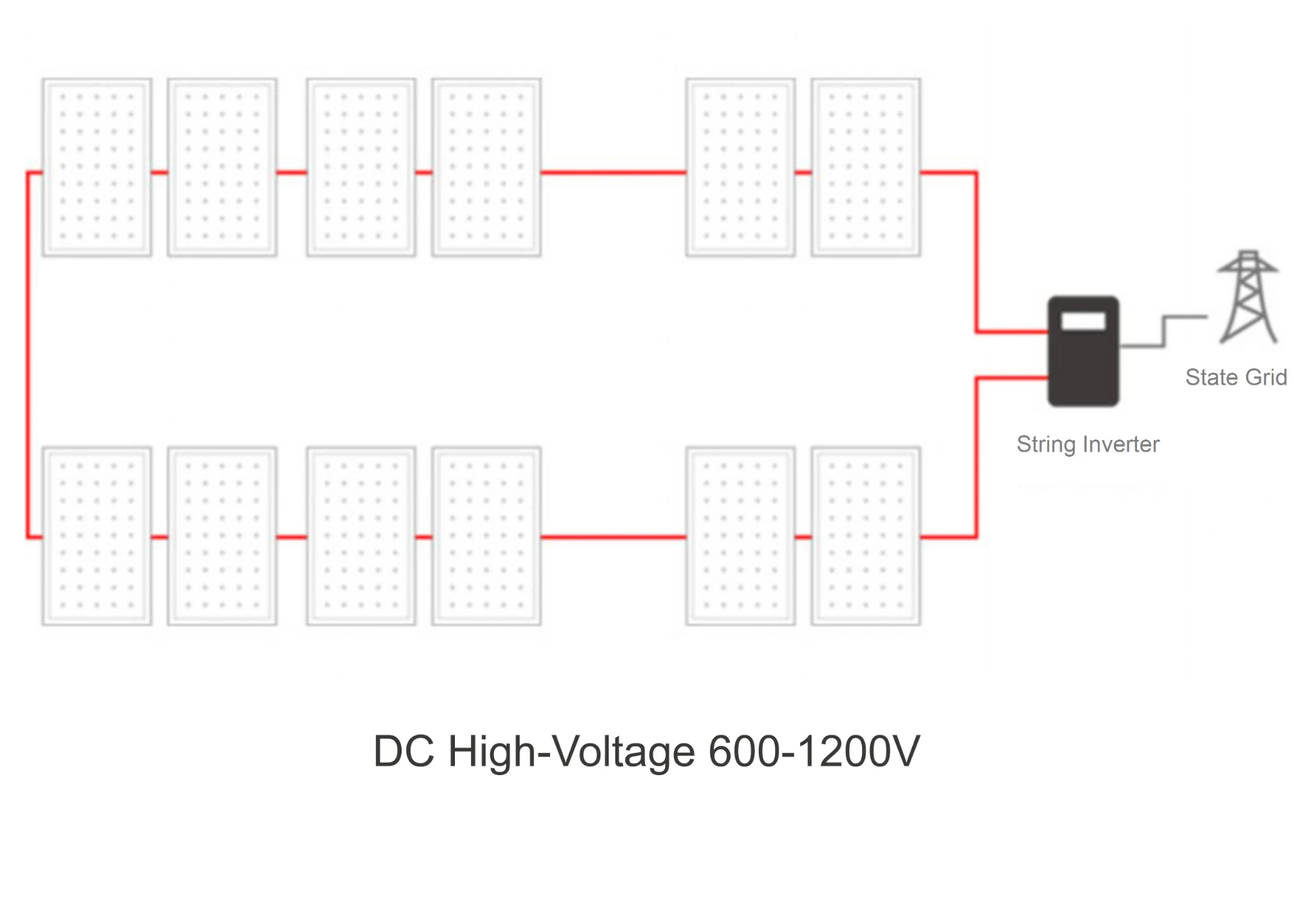size of one solar panel
The Size of One Solar Panel Understanding Its Dimensions and Implications
Solar energy has emerged as a key player in the global shift towards renewable energy sources. Among the various components of a solar energy system, the solar panel stands as the most critical element. Understanding the size of one solar panel is essential, as it affects installation, energy output, and overall efficiency.
A standard residential solar panel typically measures about 65 inches by 39 inches (approximately 1.65 meters by 1 meter) and has a thickness of around 1.5 to 2 inches (about 4 to 5 centimeters). This size allows a panel to produce an average of 250 to 400 watts of electricity, depending on the technology and efficiency of the photovoltaic cells used. The dimensions may vary slightly depending on the manufacturer and the specific model of the panel, but this general size provides a useful benchmark for homeowners and businesses considering solar energy installations.
When it comes to the size of solar panels, several factors come into play. The efficiency of the solar cells inside the panel is crucial. Higher efficiency panels tend to be smaller while still producing the same or more electricity compared to lower efficiency models. For instance, monocrystalline panels, known for their high efficiency, may produce more power per square foot than their polycrystalline counterparts, which tend to be larger due to their lower efficiency ratings.
size of one solar panel

The total size of a solar energy system is often determined by the energy needs of the household or business. For example, a typical home might require a system with 5 to 10 panels, depending on energy consumption. Consequently, the space available for installation becomes a vital consideration. Smaller roofs may limit the number of panels installed, necessitating the use of higher-efficiency models to maximize energy production in limited space.
Moreover, the size of a solar panel can impact the cost of installation. Larger panels might require more complicated mounting systems or structural supports, which can drive up the overall expense. Conversely, smaller panels can be easier to handle but may require a greater number of units to meet energy needs, potentially increasing labor costs.
In addition to practical considerations, the size of solar panels also influences aesthetic preferences. Some homeowners prefer sleek, smaller panels that blend well with their rooftops, while others may prioritize maximum energy output without regard to visual appeal. As technology continues to advance, manufacturers are also experimenting with innovative designs that maintain efficiency while minimizing size.
In summary, the size of one solar panel plays a pivotal role in defining the efficiency, installation requirements, and overall energy production of solar power systems. Whether for a residential, commercial, or industrial application, understanding these dimensions equips potential users with the knowledge necessary to make informed decisions about harnessing solar energy. As society moves towards a more sustainable future, these considerations will be crucial in optimizing and adopting solar technology at all levels.
-
Unlocking Energy Freedom with the Off Grid Solar InverterNewsJun.06,2025
-
Unlock More Solar Power with a High-Efficiency Bifacial Solar PanelNewsJun.06,2025
-
Power Your Future with High-Efficiency Monocrystalline Solar PanelsNewsJun.06,2025
-
Next-Gen Solar Power Starts with Micro Solar InvertersNewsJun.06,2025
-
Harnessing Peak Efficiency with the On Grid Solar InverterNewsJun.06,2025
-
Discover Unmatched Efficiency with the Latest String Solar InverterNewsJun.06,2025







